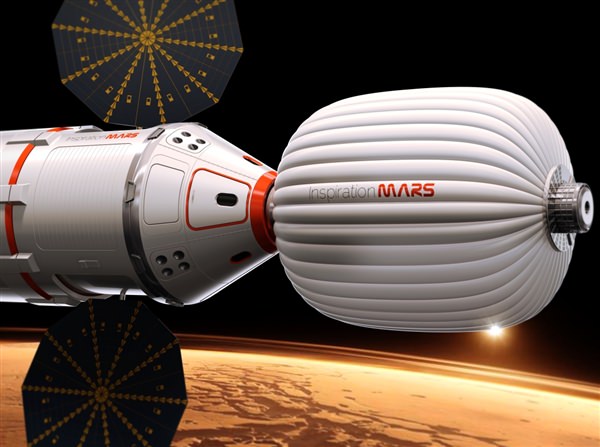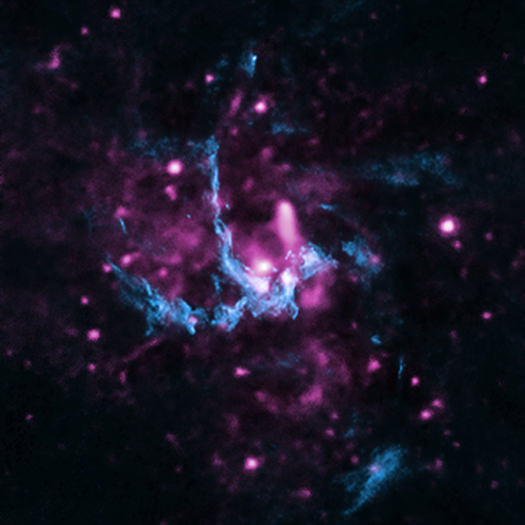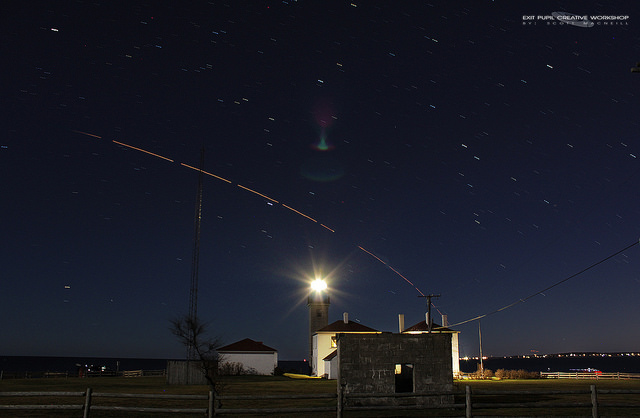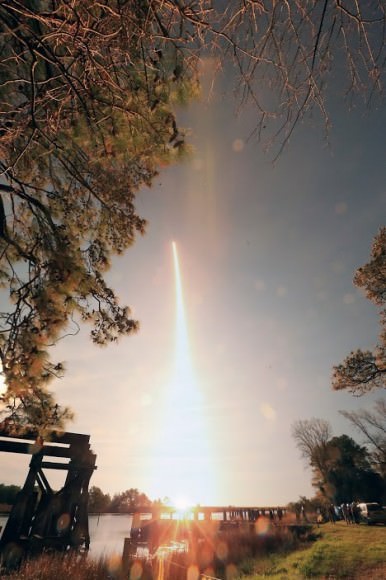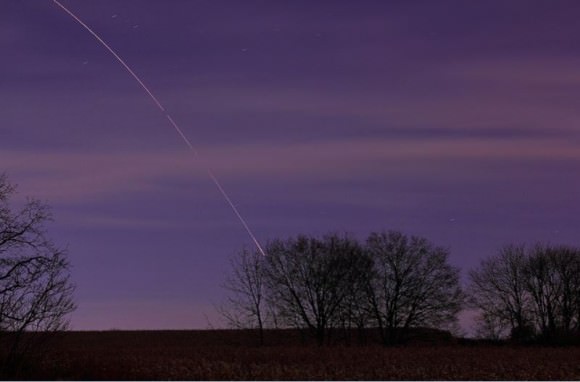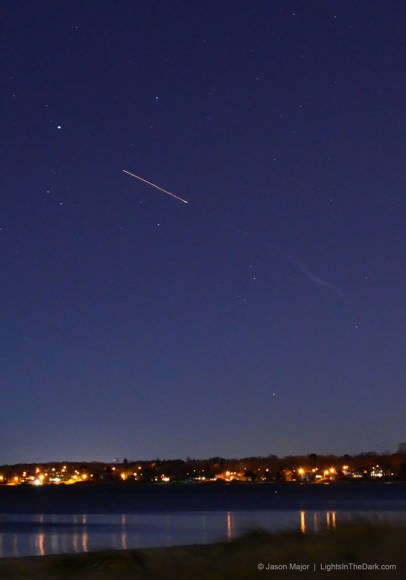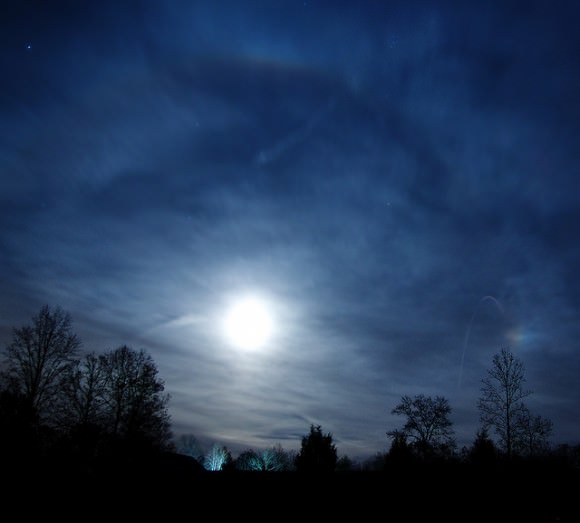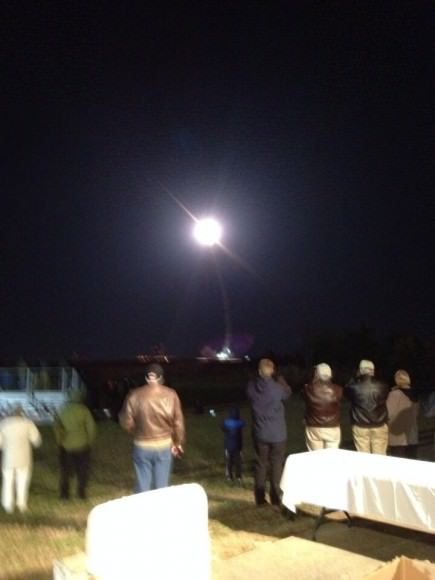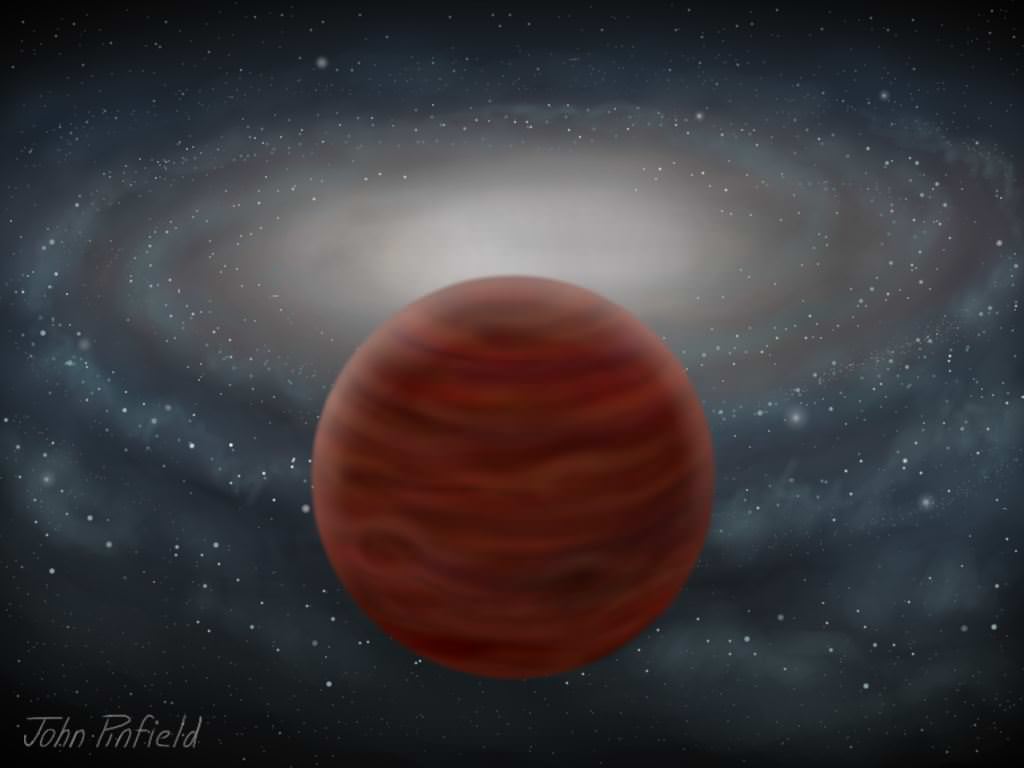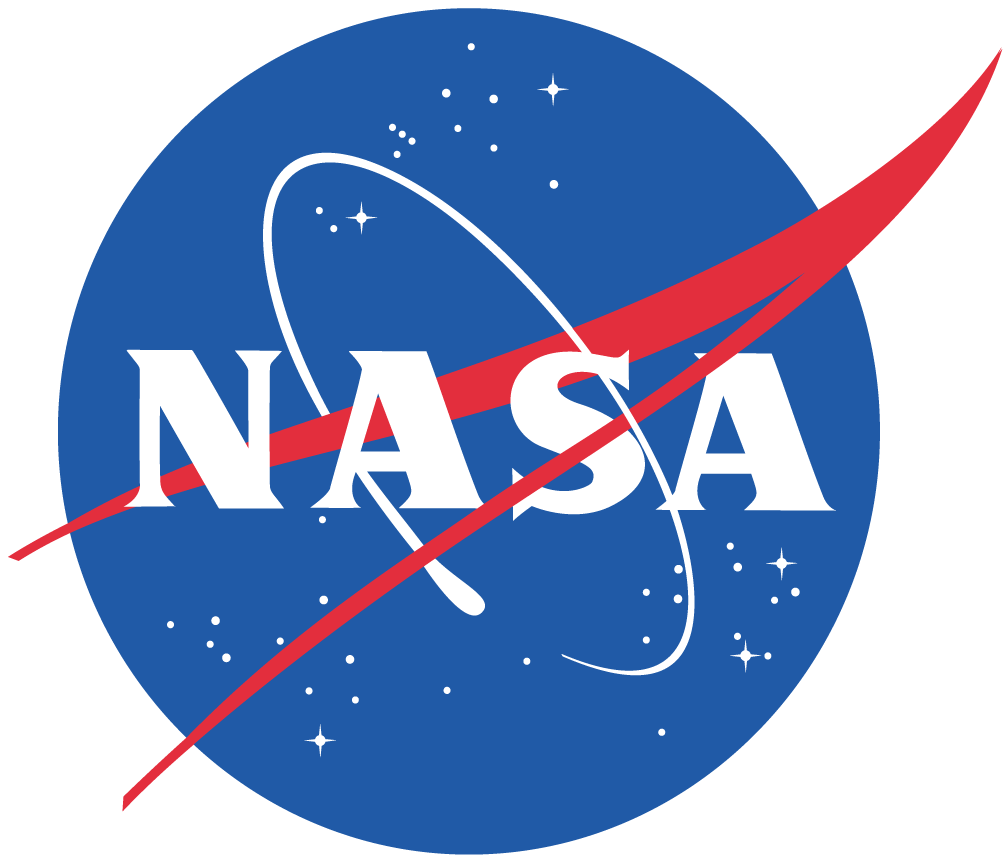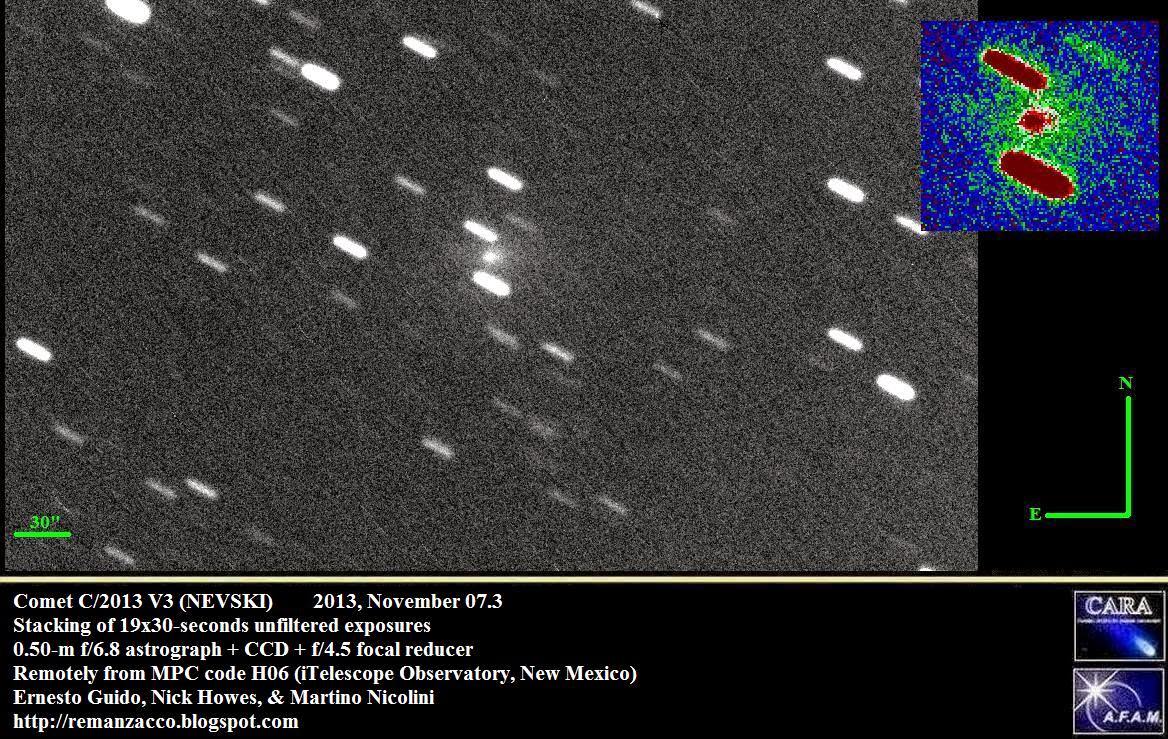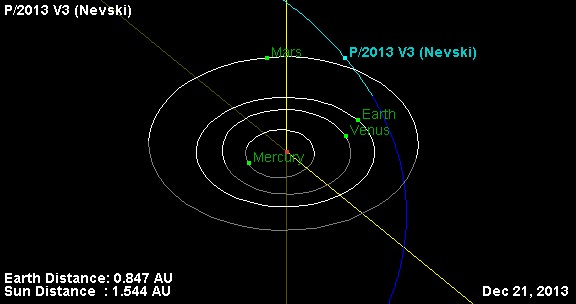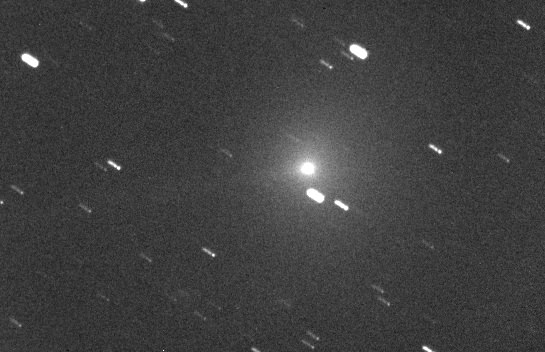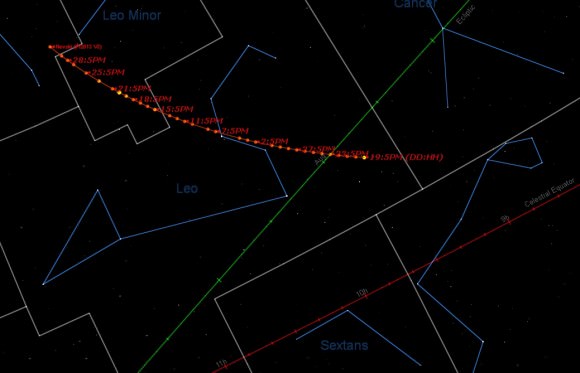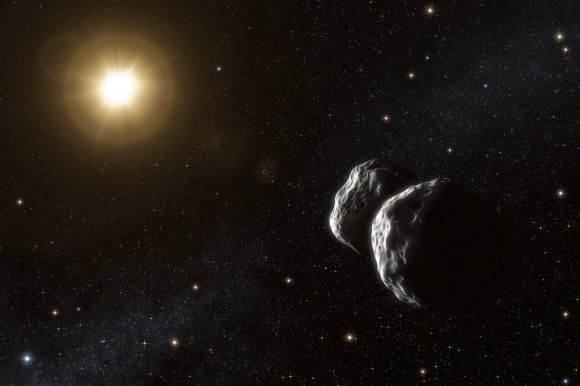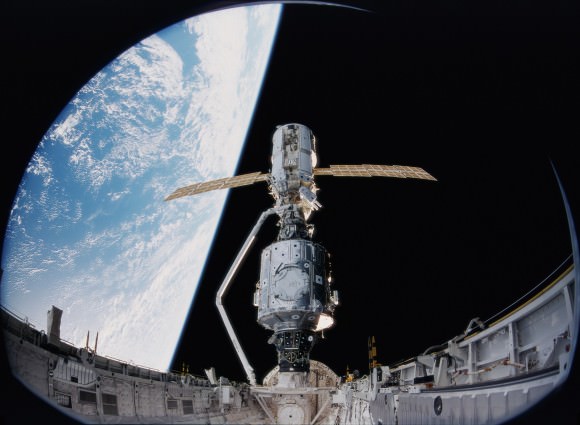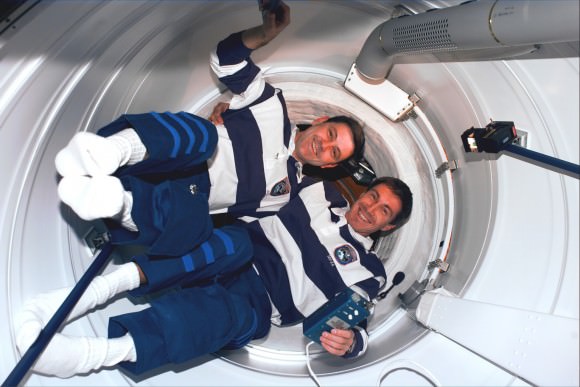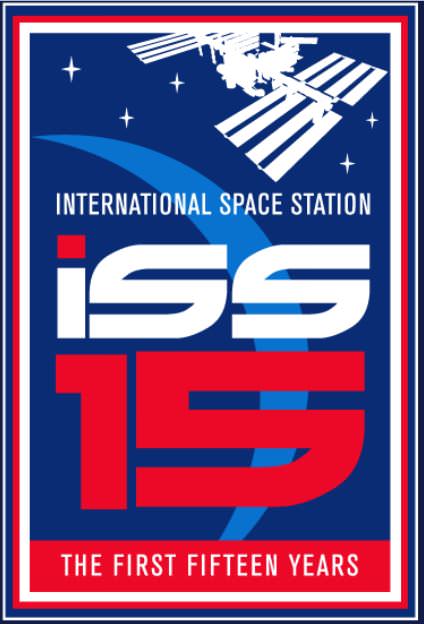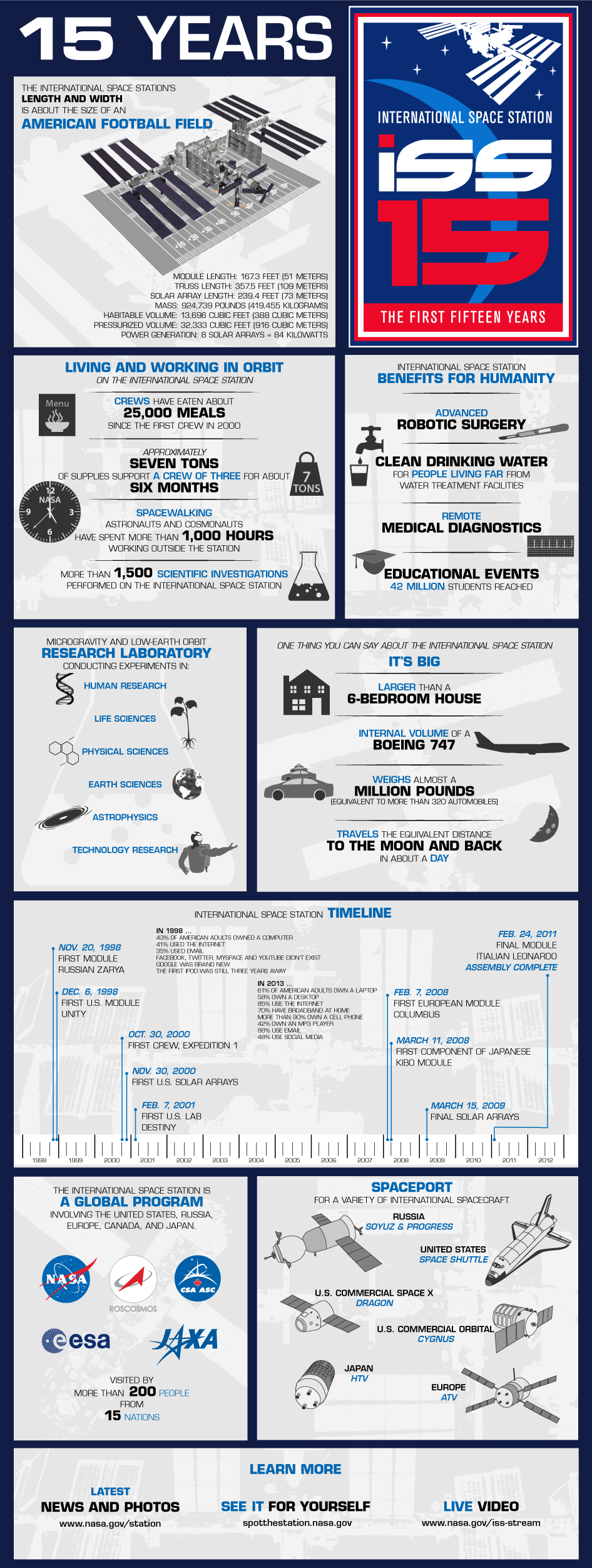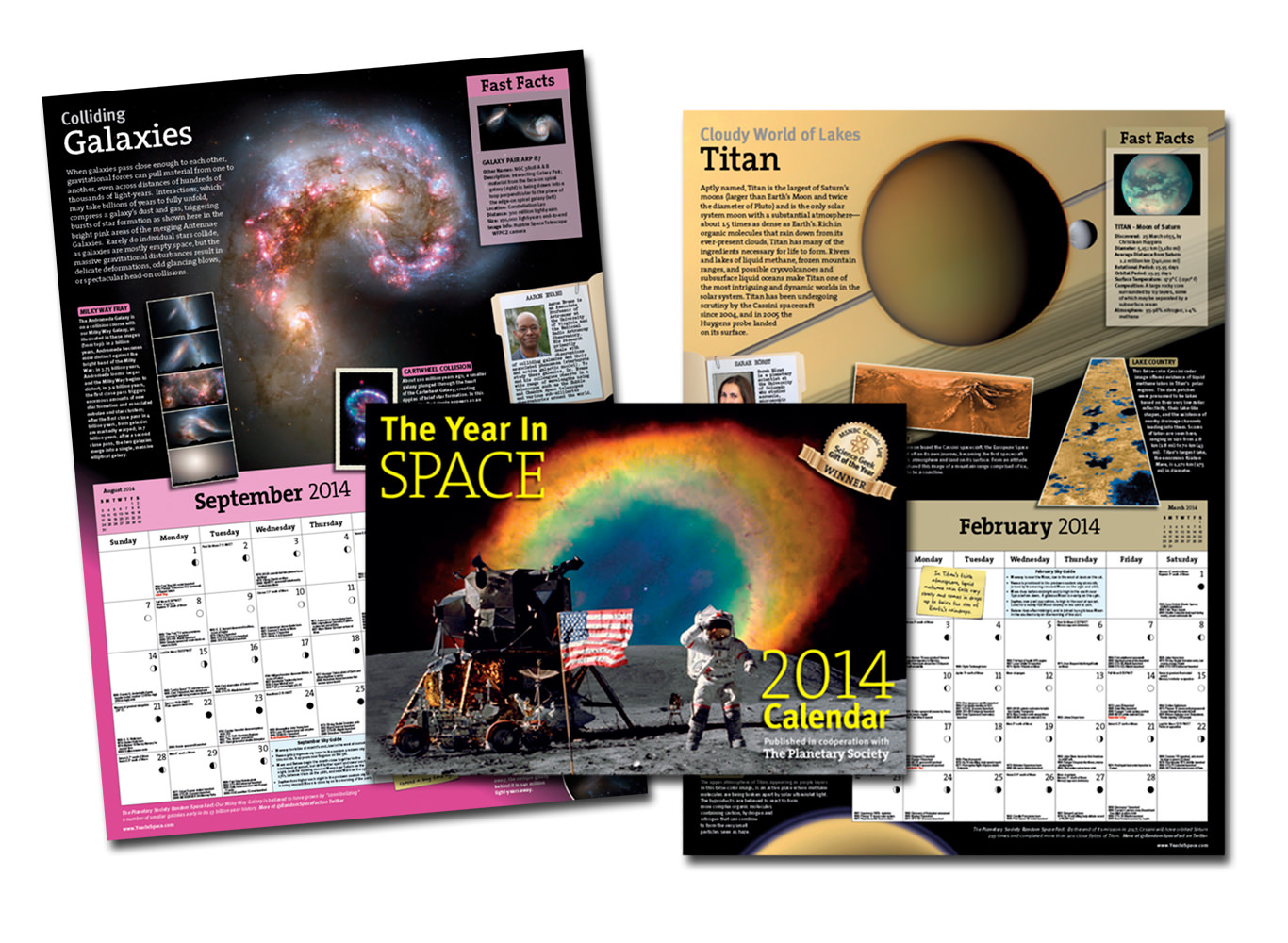CORRECTION: This article has been updated after more information was received from Inspiration Mars. Tito was highlighting other countries’ interest in the Red Planet in his testimony and has no plans at this time to work with anyone but NASA.
Remember that proposal to send a couple in the direction of the Red Planet, loop around it and then come back to Earth? The founder of the Inspiration Mars project, Dennis Tito, outlined more details of his proposal before the House Science Subcommittee on Space yesterday (Nov. 20).
Inspiration Mars has released an Architecture Study Report that is the fruits of a 90-day study done not only by the foundation itself, but also working with “NASA centers and industry partners” to figure out the best way to launch humans there in late 2017 or 2018. But if it’s delayed, Tito is prepared to go to Russia or China instead, he warns.
Here’s the high-level summary:
- Two launches using NASA’s forthcoming Space Launch System, one for cargo and one for crew;
- The crew module would be from the crew transportation vehicle that NASA selected under its commercial crew program (see this Universe Today story yesterday for an update on funding concerns on that program);
- The cargo and crew vehicles would dock in space and then head out to Mars.
If the NASA proposal doesn’t work out, Tito warned Russia may be interested as well. said he’s quite prepared to bring his idea to another country, Russia. (Recall that Tito flew into space in 2001 on a Russian Soyuz spacecraft as a private citizen, so he does have connections over there.)
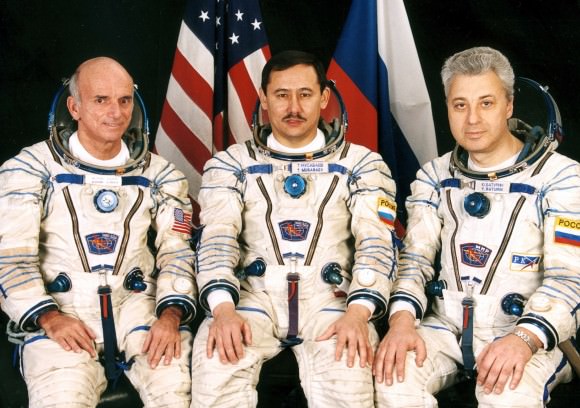
Yuri Baturin. Credit: Wikipedia/NASA
“Given Russia’s clear recognition of the value and prestige of accomplishments in human space exploration, and their long-time interest in exploring Mars, my personal belief is that in all likelihood the Energia super-heavy rocket revival announcement signals Russian intent to fly this mission in 2021,” Tito stated.
“Their heavy lift rocket, along with their other designs for modules and the Soyuz, can fly this mission with modest upgrades to their systems.”
A third option would be using Chinese capabilities, he added, The Chinese may also be interested, he said, because the country — reportedly developing a large space station of its own — is likely “contemplating this opportunity to be the first on Mars.” Tito said he is informing Congress of his plans to go elsewhere as a “civic duty”, and that he wants to give NASA the first shot.
More food for thought as Congress mulls how much money to allocate to NASA in fiscal 2014. And Tito had strong words about his feelings on the funding: “If I may offer a frank word of caution to this subcommittee: The United States will carry out a Mars flyby mission, or we will watch as others do it – leaving us to applaud their skill and their daring.”

